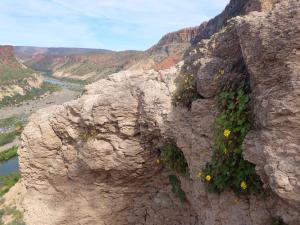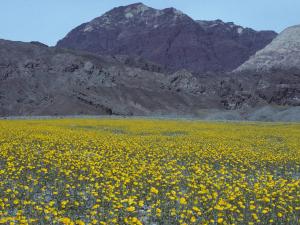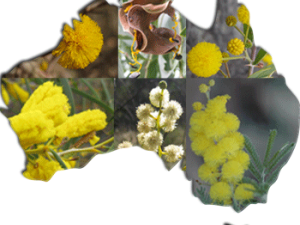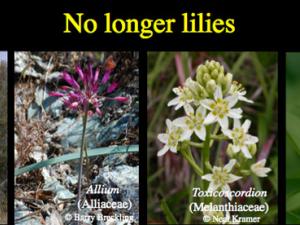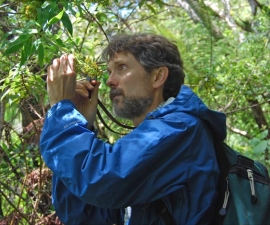

Research Expertise and Interest
biology, systematics and evolution of vascular plants, floristics, conservation biology, evolutionary processes, historical biogeography, evolutionary ecology
Research Description
Bruce Baldwin's research program encompasses vascular-plant systematics, floristics, and conservation biology, with an emphasis on biosystematic and phylogenetic studies. He is particularly interested in systematic questions that address evolutionary processes, historical biogeography and ecology, and relationships of California plants and their descendant lineages elsewhere (e.g., Hawaii). His research on the California tarweeds and the Hawaiian silversword alliance (Compositae: Madiinae) has involved testing of hypotheses concerning diversification processes and rates, chromosomal and morphological evolution, ecological shifts, dispersal events, and the evolutionary importance of hybridization. He is also involved in collaborative investigations focused on evolution of breeding and pollination systems in flowering plants.
Laboratory techniques used in his research include DNA sequencing, restriction site mapping, and cytogenetic and morphological analyses. Recent theoretical and technological advances in systematics offer exciting opportunities for studies of California plant evolution and relationships. The rich diversity of the California flora and the extensive literature from evolutionary research on California plants pose well-defined and important systematics research problems for graduate study.
In the News
With Rapidly Increasing Heat and Drought, Can Plants Adapt?
California’s dry regions are hotspots of plant diversity
Scientists enlist big data to guide conservation efforts
Despite a deluge of new information about the diversity and distribution of plants and animals around the globe, “big data” has yet to make a mark on conservation efforts to preserve the planet’s biodiversity. But that may soon change.
California native-plant classic gets a 21st-century makeover
Thanks to new molecular-genetic tools and intensive field research, scientists’ understanding of the native flora of the Golden State has grown exponentially in the 18 years since publication of The Jepson Manual.
